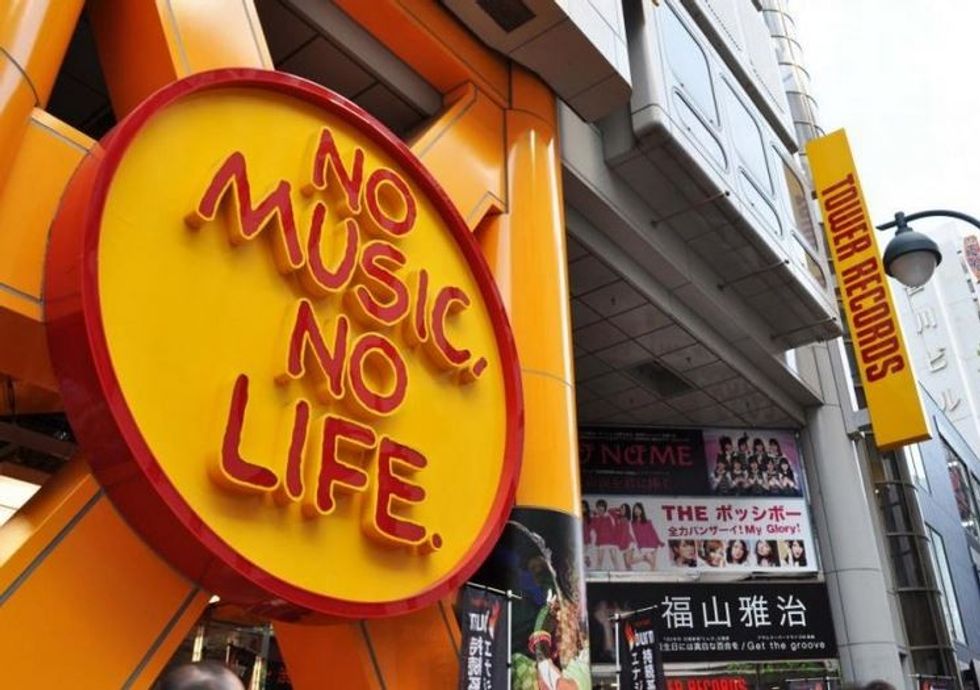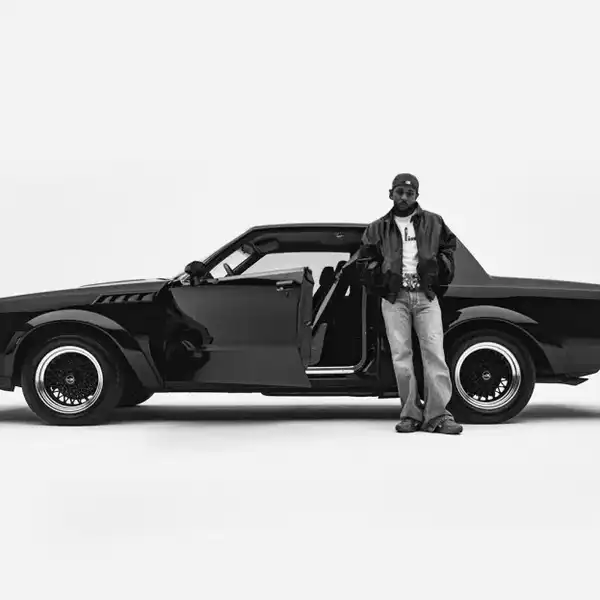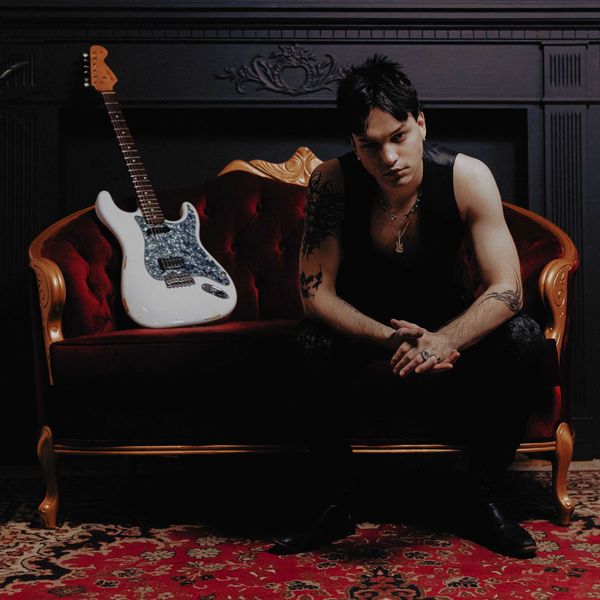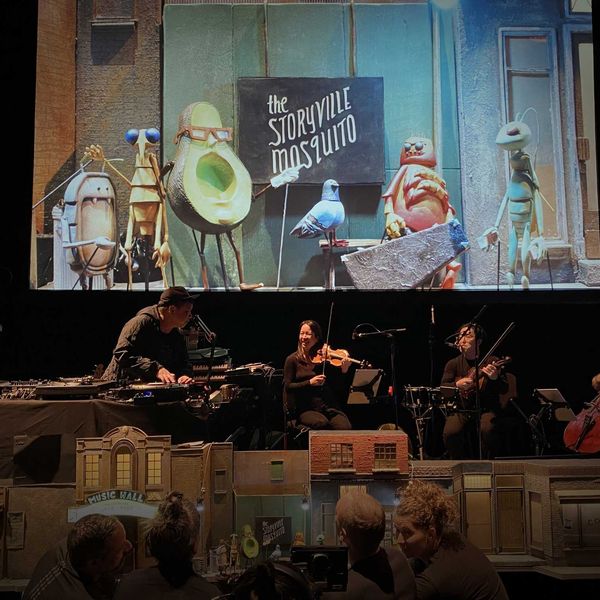
By External Source
We’re at a crossroads. There is great music being created but in the big picture …
I think the years 1956-1995 marked a historically relevant era.
Not unlike the romantic era, renaissance era or jazz age.
A period that will be remembered for centuries.
Unfortunately, that era is behind us and we’re in the dark space between important musical eras. I’d guess that based on history there’ll be another major movement but probably not in our lifetimes. The great thing is we lived and worked through that magical period and there are tens of thousands of songs we can listen to and enjoy from those years. The music has such originality, such imagination, such durability and such magic! And there’s so much of it to mine
There are certainly great songs and artists out there but current music as a cultural driver is behind us. But music is timeless and not necessarily rooted in the moment. People are not linked to the music industry where breaking artists is the priority. People like what they like without reference to time
More about the cycles of commercial music is here:
In the mainstream early ‘50s, it was the Doggie in the Window era. Mitch Miller, Doris Day and the like were making snappy and happy songs. The underground was brewing with a sonic gumbo of Black artists and Hillbillies, but in the mainstream, it was all pretty, safe and happy. A musical LULL. During lulls, the mainstream music culture:
*Features harmless lyrics by harmless artists.
*Labels/Moguls are in control and the formula is followed closely
*The “look” is non-threatening.
*Dancing is at a popularity peak as people dance and hum…but don’t really LISTEN.
*Music has minimal impact on culture other than being a soundtrack
*There’s an underground happening, but it is still out of reach to the masses.
*It’s about tabloids more than musical notes.
*Music media is on autopilot.
*McDonald's Pop rules: Predictable…safe…consistent with few surprises. Musical originators are copied, cleansed for mass consumption and formularized.
*Artists frequently have short lifespans....and become trivia questions
Then—There are HIGH periods. Periods of tremendous change are compressed into a short period of time.
During Intense periods:
*The old wave hits a brick wall.
*The “sound” changes. New instruments…new techniques...new devices…new recording methods.
*The “look” is new…different and scary.
*Satan or Some social evil is responsible according to some.
*Listening Technology changes.
*Music impacts culture profoundly. There are arguments over music.
*Artists are in control.
*People start listening more
*The "next generation" of long-term artists emerge
*Music Media goes through explosive evolution.
*Not a lot of copying artists--everyone is too busy creating their own sound or contributing to the movement.
The Most memorable high periods happened: 1955 (Rock n Roll); 1964 (Liverpool); 1969 (Everything); 1980 (New Wave); 1993 (Grunge). All of the above characteristics happened during these periods…and all of the ‘lull’ characteristics happened between these periods. Take the intense period of ’69:
--All over for the old wave. Paul Revere and the Raiders hit the wall.
--Fuzz tones to synths to an arms race over the number of tracks and amplifier output changed the sound. The modification and enlargement of traditional instruments.
--Musicianship was a selling point
--Lyrics were social statements
--Junior came home from college looking like a hippie and got thrown out of the house.
--Satan and acid were responsible for the Iron Butterfly
--Stereo revolutionized listening as it became mainstream.
--FM emerged as a force
--Walk into the wrong bar and play Hendrix on the jukebox and a fight would ensue
--No one told Cream how to write a song or to keep it 3 minutes.
The next generation of artists is created. Lasting artists.
*You don’t DANCE to Abbey Road. You LISTEN.
This is all highly condensed and probably arguable, but due to space and finger strength limitations I can’t get into all of the details, but there is evidence of these cycles. Lulls still create fans! If you were in your musically formative 16-20 years during a lull—you still LOVE that music—but BIG PICTURE—the intense periods are where the shocking change happens. And, of course, there are a few artists that cut through. Dylan, Miles Davis, Beatles, Pink Floyd, Sinatra—but those are the RARE ‘timeless’ artists that will be around in 200 years…can’t say that about more than a handful.
The bottom line is that It’s an interesting exercise in examining music trends. This is a great exercise for everyone who loves music. Music mapping is where formats emerge for radio. At the moment Hip Hop rules the current music scene along with Classic Rock and Pop. Country has moved more toward the Pop center with young artists.



















